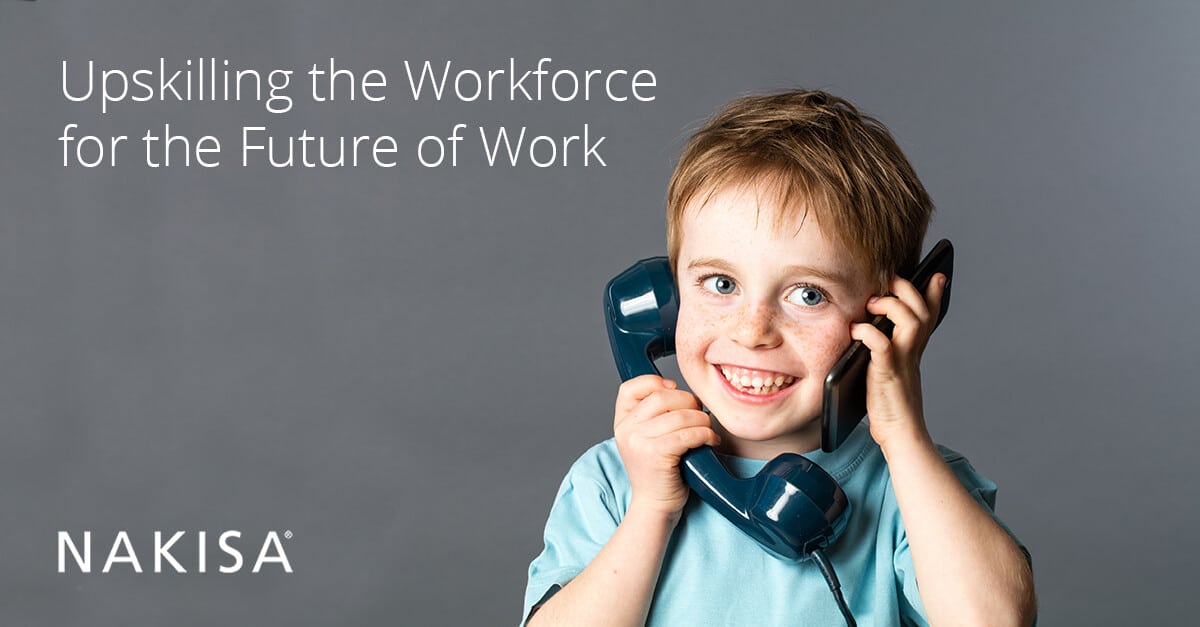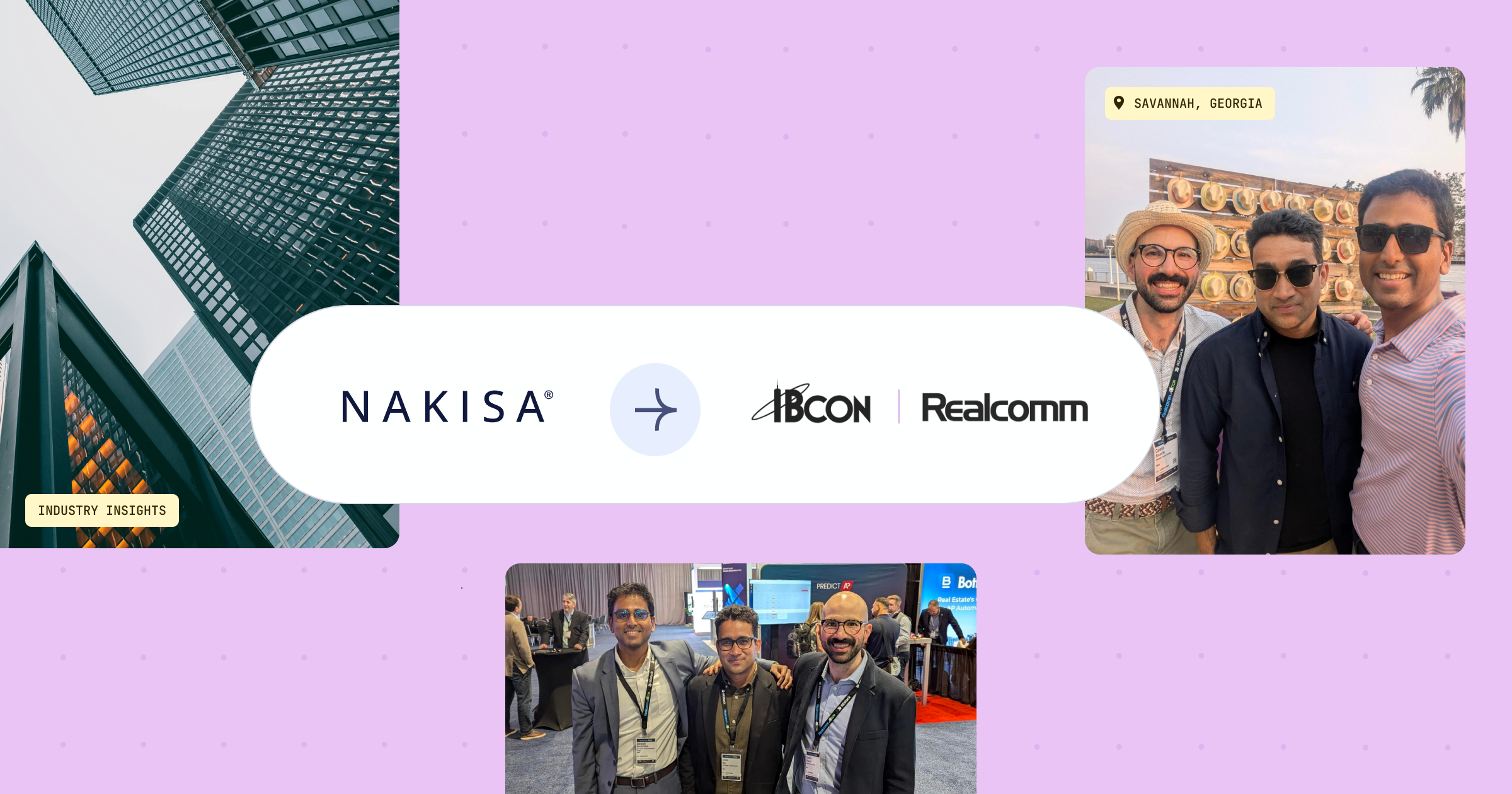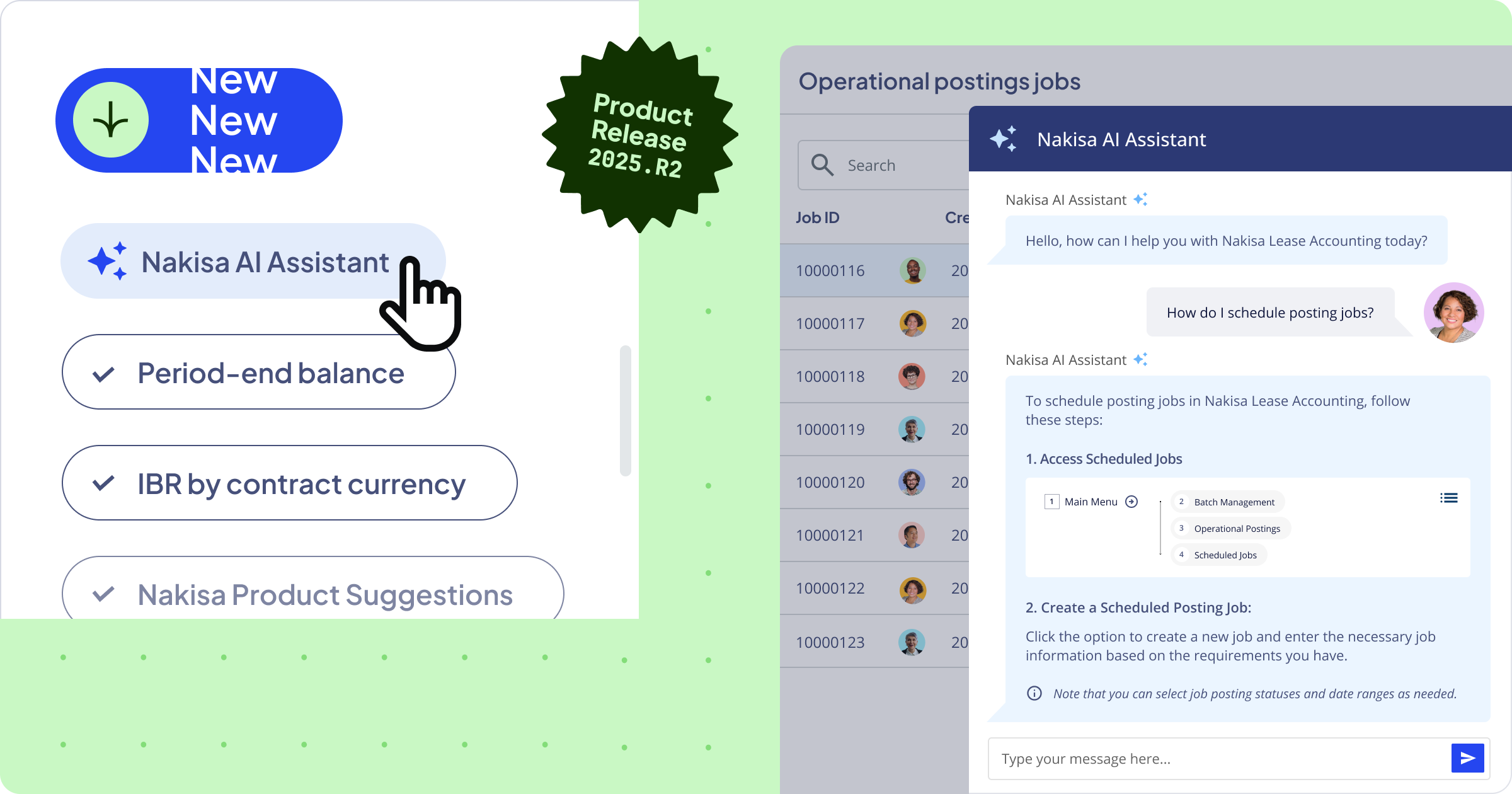As you may know, we live in the age of the fourth Industrial Revolution--meaning everywhere we turn there’s new technology and innovations. Artificial intelligence, machine learning, and natural language processing (how machines interpret human language) continue to get smarter and offer greater possibilities. Look no further than your Netflix queue! Netflix algorithms analyze your watch history and make suggestions based on your preferences.
While we enjoy this type of personalization in our daily lives, for some people smarter tech also comes with an uncertainty about job security. Fear of jobs becoming obsolete and workers being replaced by robots may be running through the minds of your employees. However, research indicates that tech will likely create more jobs than it erases. Investing in the skillset of your employees through upskilling initiatives is one way to make them feel valued and secure, and quell any uncertainty they have about tech progression. Unsurprisingly, technology has developed to help with this.
Tech Meets Upskilling
An interesting report from the World Economic Forum reveals methodology for assessing job transition opportunities. The tool found within the report offers a data-driven approach to determining the likelihood of a job that is “highly likely to be disrupted by structural shifts in the labour market” and pathways for job transitions based on the skills a worker already possesses.
The report samples current jobs and supplies high, medium, and low “job-fit categories” for a target job opportunity. For example, computer programmers have a high, medium, and low job-fit score for web developers (0.92), computer and information systems managers (0.86), and anthropologists (0.82), respectively. From here, job transitions are then assessed for desirability from a leadership and individual lens.
Using this data, businesses can determine how to upskill their workforce to future-proof themselves and their employees. Upskilling doesn’t have to mean sending employees back to school for master’s degrees, but providing some of the available technology geared toward improving employee’s current skillsets.
Options are Endless
Allow employees access to massive online open courses (MOOCs) through programs such as Coursera and Udemy. Employees can explore a range of specialties or topics that are of interest to them, or businesses can work with vendors to tailor content to a specific skill like coding or digital marketing.
Another option is to implement microlearning opportunities for employees to upskill them while on-the-job. Companies like Cornerstone OnDemand and Degreed work with a business to either source appropriate microlearning content and/or build a platform to hold internal content.
Something we’re starting to see more of is virtual reality (VR) for upskilling. For instance, VR company STRIVR creates customized training for companies to help onboard new employees, but also upskill current ones. Upskill is an augmented-reality service that provides clients with smart glasses to have real-time, on-the-spot training. According to its website, the interface appears in the wearer’s line-of-site and responds to touch controls or voice commands.
Other companies are helping employees upskill through apprenticeship programs. CVS offers a Registered Apprentice program, Lowes has its Track to the Trades program, and Walmart is piloting returnships--the upskilling options are endless and can be tailored to easily meet the needs of any organization.
No matter what type of upskilling investment is made, it will be one with a significant return on investment for both businesses and its employees.
Would you consider using new tech to upskill your workforce?





